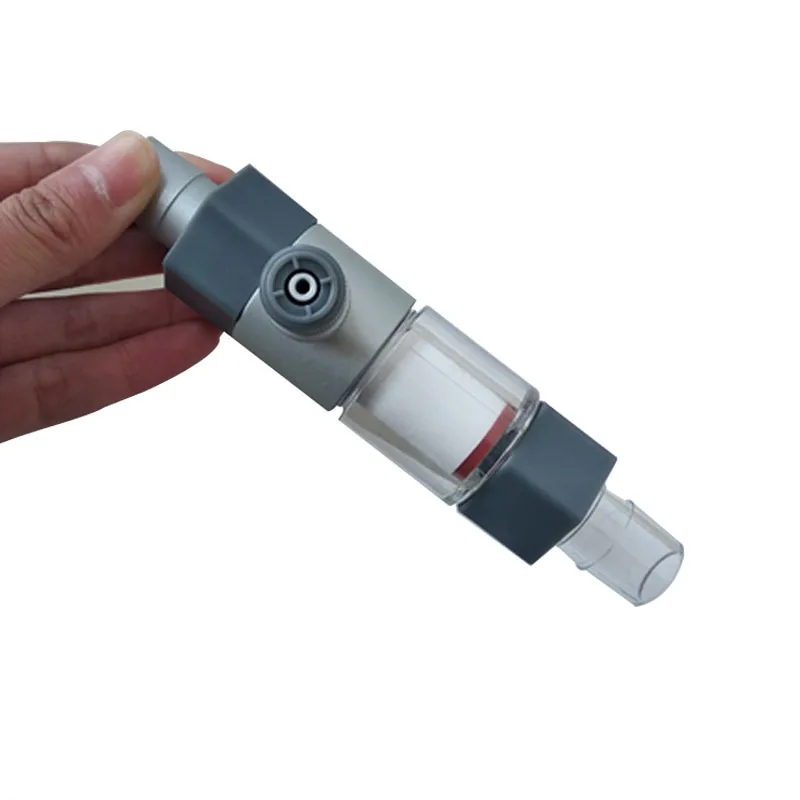@aeneas - looking through your main build thread quickly I'm unsure how far along you are so you will likely have to correct me.
Do you plan on having the background painted? Likely worth considering as there will be quite a lot of ugly pipework behind the aquarium.
Firstly are you having the aquarium built for you, if you are then why not just add a dedicated external overflow box built into/onto the aquarium with a removable weir comb?
Is there a reason you don't want to have the overflow central as I think suggest this is worth considering.
As for returns I think the overflow and sump will be there mainly to provide filtration and not the sole provider of flow, especially on a system this size and look towards some kind of powerheads to help instead. You can choose what you want and put them where you choose, the choice out there is so big now.
You could then dial the turnover of the sump right down and also wouldn't need such large returns either and I think you could reduce this to 2; one close to either end.
If you're unsure about things then you can always run them up and over like
@Geoffrey Rea has in his smaller 600.
Is there any reason you opted for the Red Dragon? In the UK the Jecod pumps are great, very adjustable and cheap to both buy and run. Personally I always think it's a good idea to keep a spare with something like this.
Just to go back to your main thread, assuming you go down the AWC route I think it's very important to not entirely rely upon this system to clean the water as you would normally siphon and the easy way out could be to just have an external canister filter that you can go over the substrate with and essentially vacuum it, unless you planned to get clever with adding some kind of bypass onto your sump intake where you could tee off from one of your intakes, add a hose on and allow this to give you the same kind of feature. Not really thought through I know!
I'm unsure what supply and availability of certain materials are in your country so pointing you towards products becomes a little tricky.









